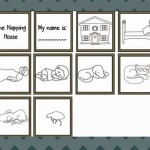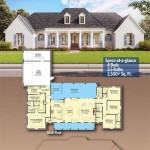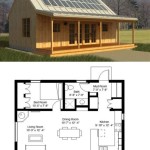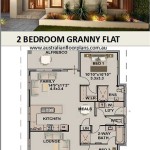Essential Aspects of Metal Horse Barn Floor Plans
Metal horse barns offer durability, flexibility, and cost-effectiveness for equestrian enthusiasts. Carefully designed floor plans are crucial for optimizing space, functionality, and the well-being of horses. Here are some essential aspects to consider when creating metal horse barn floor plans:
1. Stall Design:
Stalls are the primary living space for horses and should provide ample room for movement, comfort, and hygiene. Standard stall sizes range from 10' x 10' to 12' x 12'. Consider the number of stalls required, their arrangement, and the type of stall doors (hinged or sliding).
2. Aisle Width:
Aisles are essential for accessing stalls and facilitating horse movement within the barn. Aisle widths should be at least 10-12 feet wide to allow for easy maneuvering and equipment access. Proper aisle lighting is also crucial for visibility and safety.
3. Tack Room and Feed Storage:
A dedicated tack room provides secure storage for horse equipment, such as saddles, bridles, and grooming supplies. Its size and layout should allow for easy organization and access. Similarly, feed storage should be accessible and well-ventilated to prevent spoilage.
4. Wash Stall and Grooming Area:
A designated wash stall with a drain and water source is essential for bathing horses. It should be located in a convenient area with adequate space for grooming and drying. Additional amenities like a grooming stall or a hot/cold water system add convenience.
5. Paddock Access:
Paddocks provide an outdoor space for horses to exercise and socialize. Direct access from stalls to paddocks is ideal, allowing horses to move freely between their living quarters and grazing areas. Well-maintained paddocks ensure both safety and accessibility.
6. Lighting and Ventilation:
Proper lighting and ventilation are crucial for animal comfort and health. Natural light is preferred, with strategically placed windows or skylights. Artificial lighting should supplement natural light to ensure good visibility during evening or winter months.
7. Drainage and Slope:
Adequate drainage is essential to prevent water accumulation and moisture build-up. The floor plan should include sloping floors towards drainages to facilitate water flow. This is especially important in areas prone to inclement weather or heavy rainfall.
8. Fire Safety:
Fire safety is paramount in any barn design. Consider installing smoke detectors, fire extinguishers, and sprinkler systems as preventive measures. The floor plan should incorporate emergency exits and fire-resistant materials to ensure the safety of horses and humans.
9. Customization and Future Expansion:
Metal horse barns offer flexibility for customization and future expansion. The floor plan should allow for modifications and additions as your needs or horse population grows. Modular designs facilitate easy expansion without compromising structural integrity.
10. Professional Design:
While these guidelines provide a starting point, it's highly recommended to consult with experienced barn designers or architects. They can help create a tailored floor plan that meets the specific requirements and preferences of your horse operation.

Barns And Buildings Quality Horse All Wood Custom Barn Homes Rustic Home Facility Stalls


Pin On Horse Barn

22x30 Lean To Horse Barn Plan With Added Bonus Tack Room 2 Stall Northern Heritage Horsebarn Plans

6 Stall Horse Barn Plans Designs

Interior Horse Barn Design Ideas Tips Horizon Structures

22x30 Lean To Horse Barn Plan With Added Bonus Tack Room 2 Stall Northern Heritage Horsebarn Plans

Horse Barn Floor Plan Layout Tips

Pin On Dream Barn

Texan 01 Horse Barn With Living Quarters Floor Plans Dmax Design Group
Related Posts








